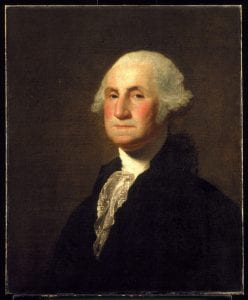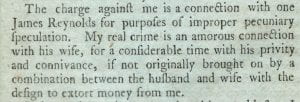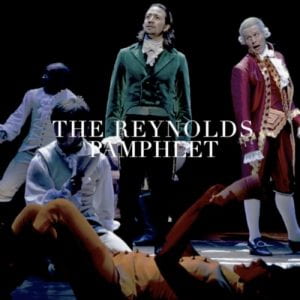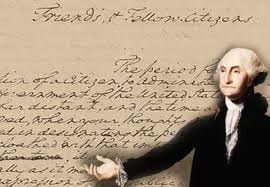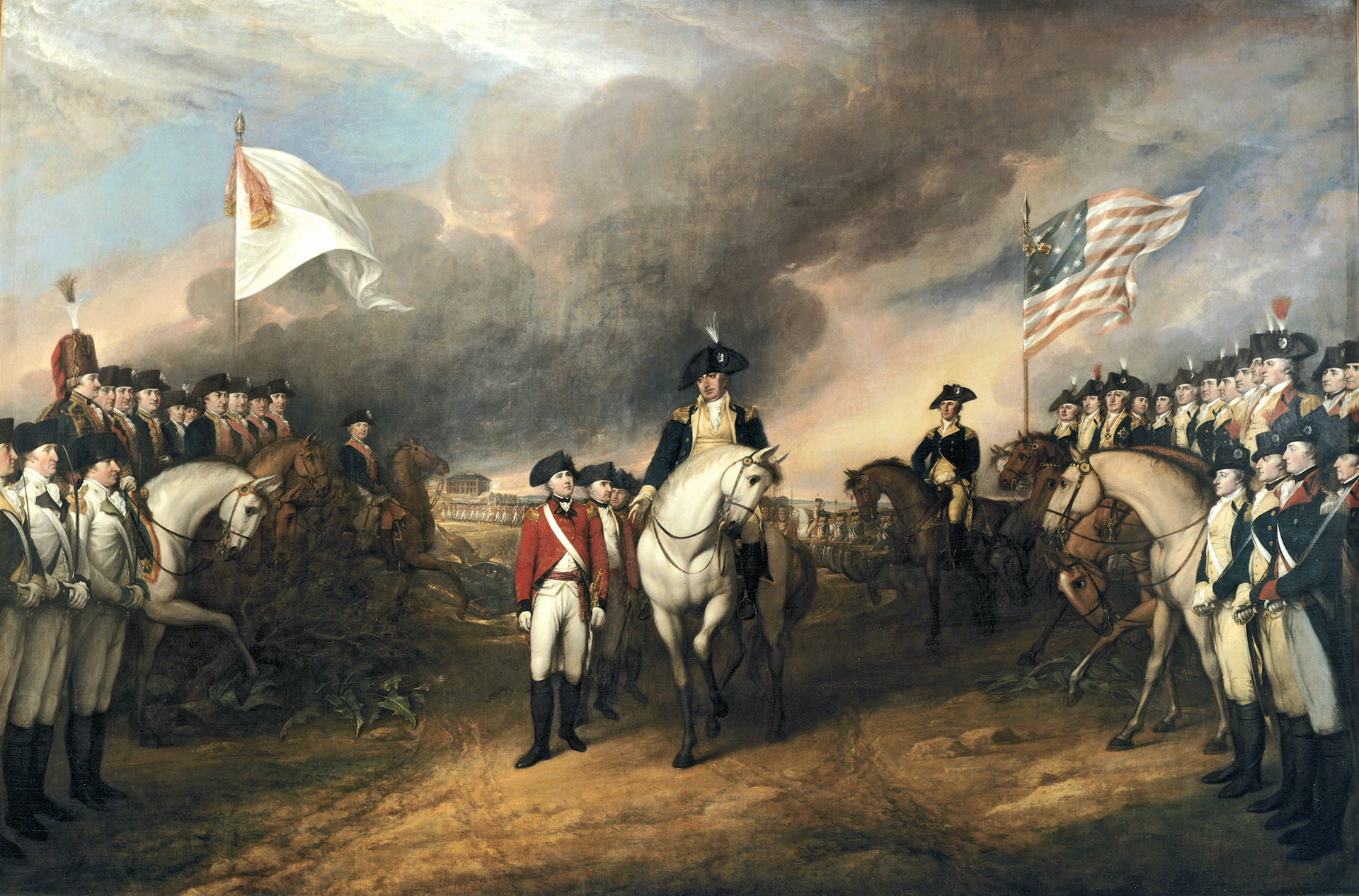For my research project, I decided to use the letters between Burr and Hamilton in order to gain insight about events leading to their duel. The authors of this document are both Burr and Hamilton. This source was published in the public domain, as copyright rules were not available at that time. I personally accessed these articles on the Wikisource website.
I was interested in this source because it provides a direct glimpse at the toxic relationship between Burr and Hamilton. What I found difficult in this assignment was to match the context of the letters to actual historical events that Burr and Hamilton were involved in at that time. Getting a historical connotation of the two characters will give me more insight into the letters and the motivation of each person to send the letter. There is also a lot of haziness about the Burr-Hamilton duel. Scholars are unsure about how exactly Hamilton died in the duel with Burr. The causes and events leading up to the duel are also obscure and thus it is important to consider this particular resource for historical research. It may prove useful to find newspapers during this time period in order to learn about the political and economic environment that these two men lived in. I also plan on researching the families of both men to better grasp the conflict and see how deeply it is rooted. Hamilton and Burr are both very complex men who had multiple encounters and so this duel is rooted in many different layers of conflict. Deciphering these layers and learning more about each character and his motivation for the duel will prove to be challenging, but I plan on keeping detailed notes and analyses about each character. Furthermore, I will create webs and timelines in order to keep track of the progression of the fight.






